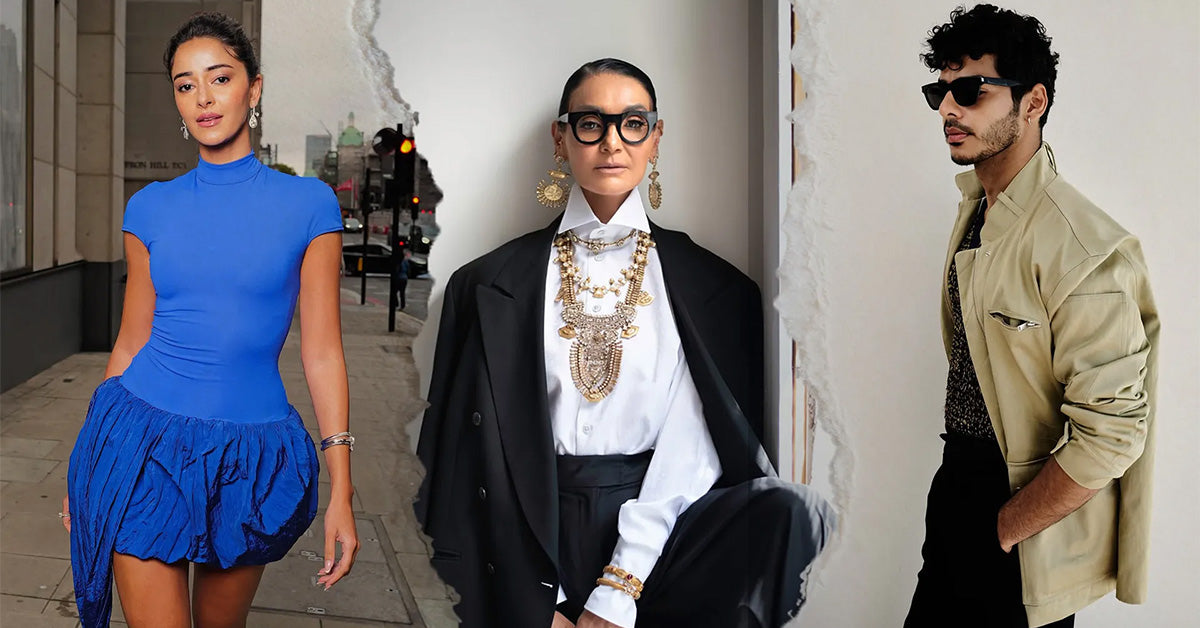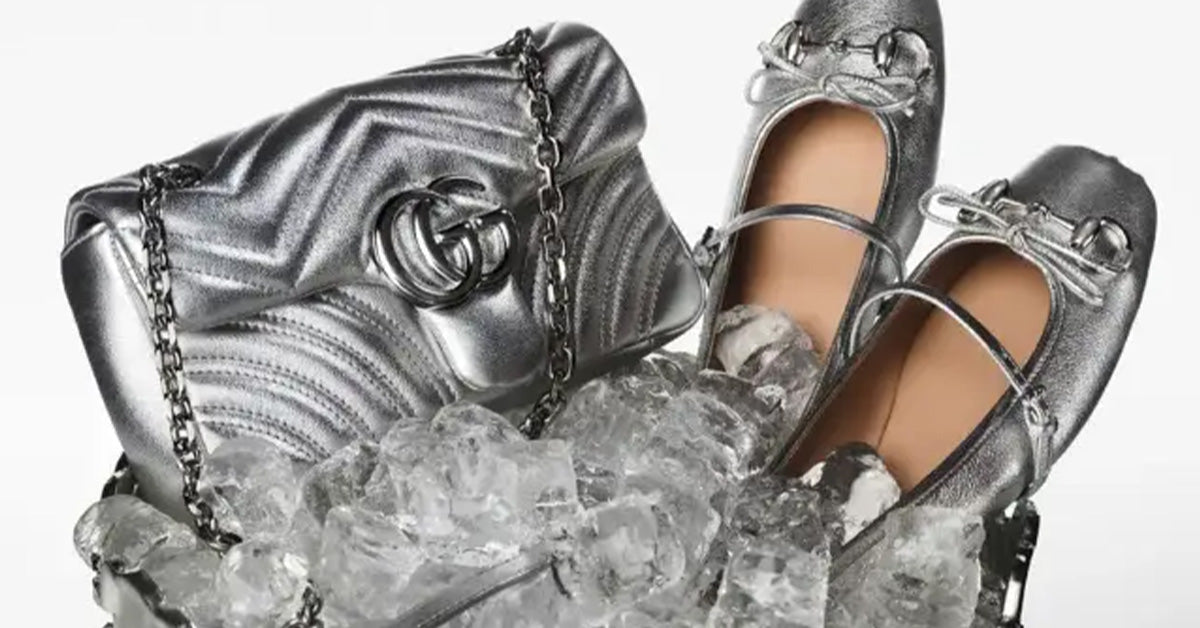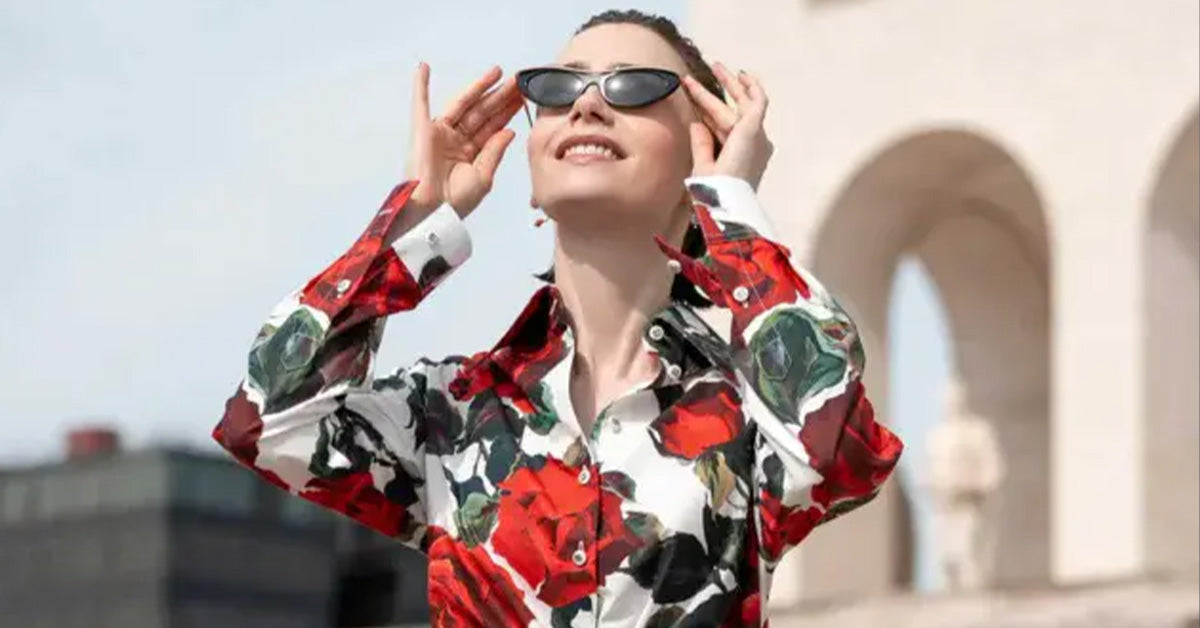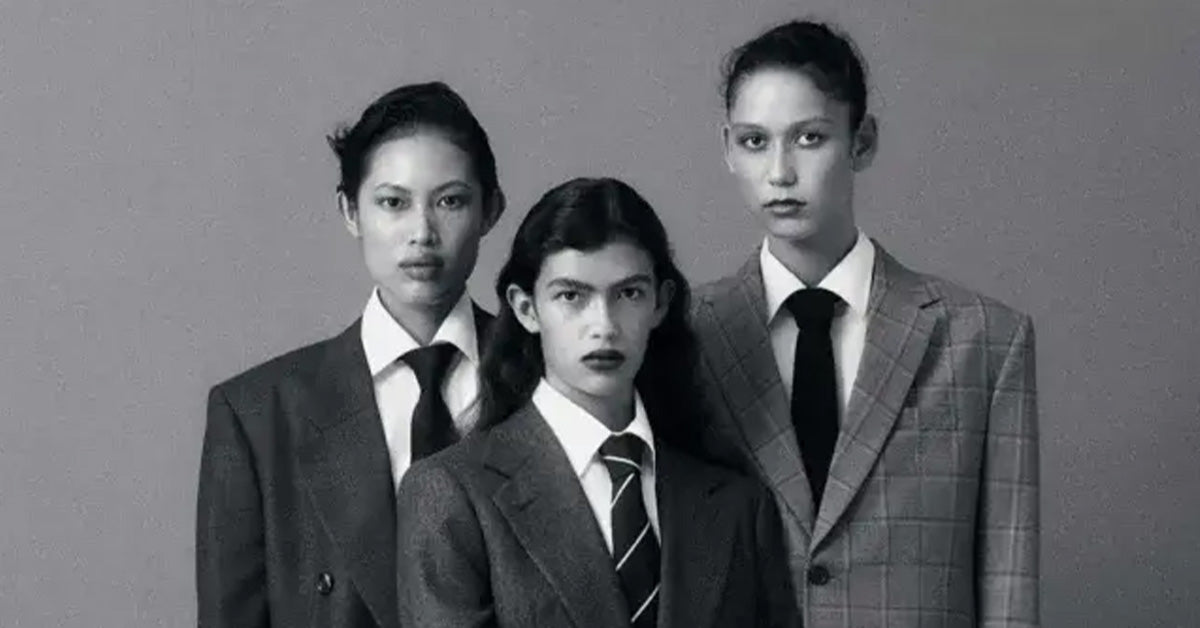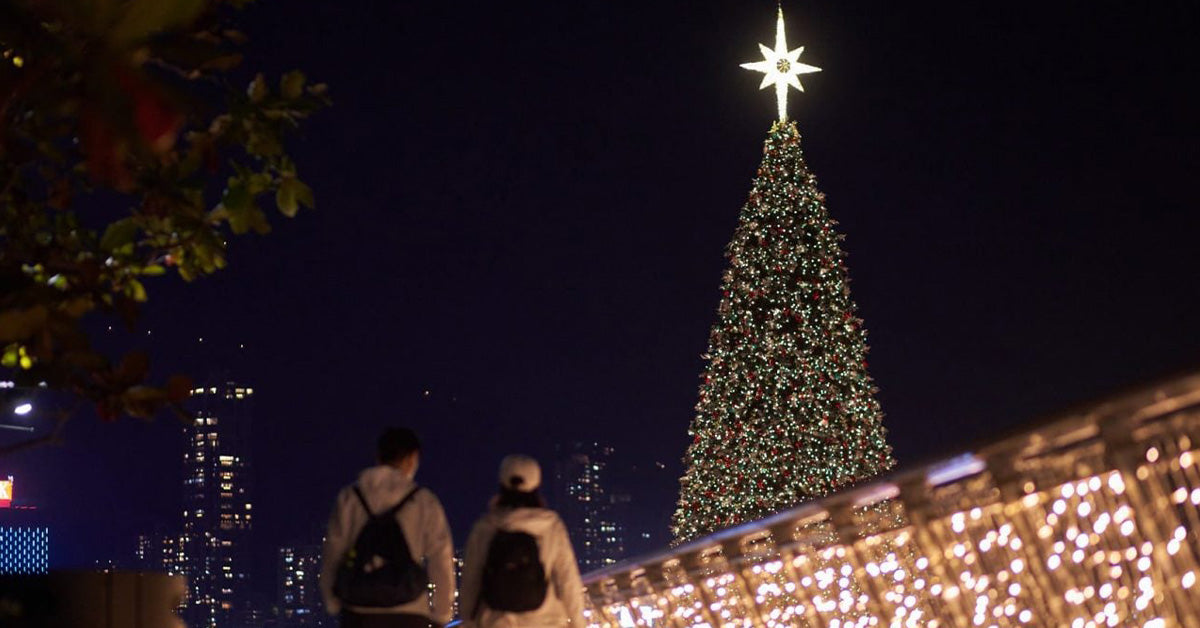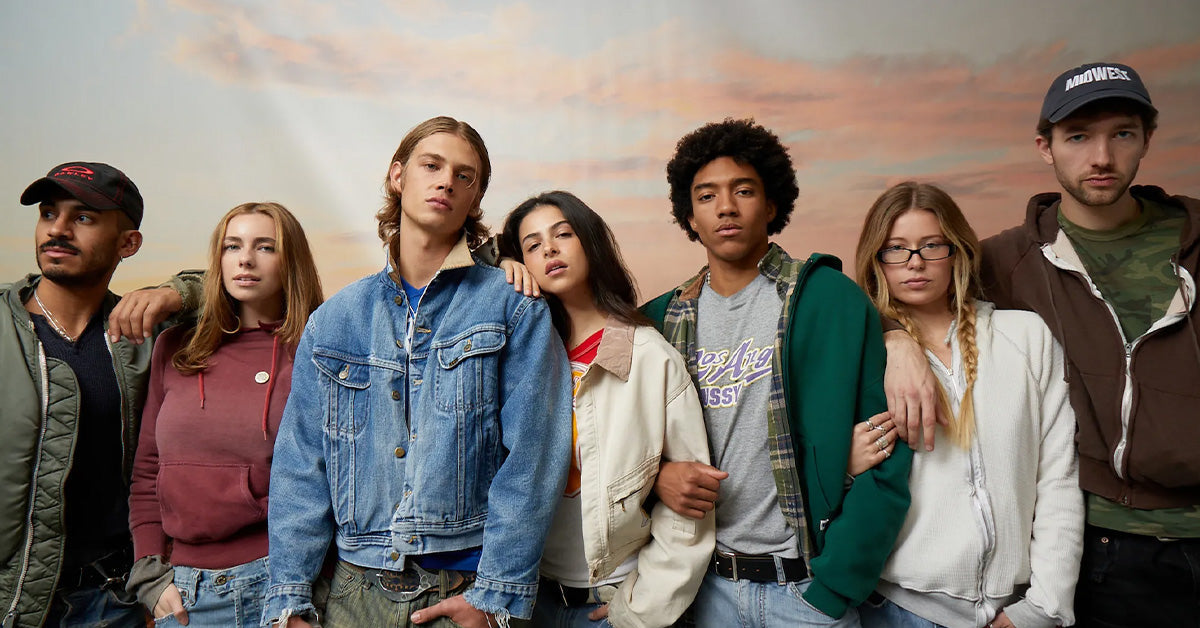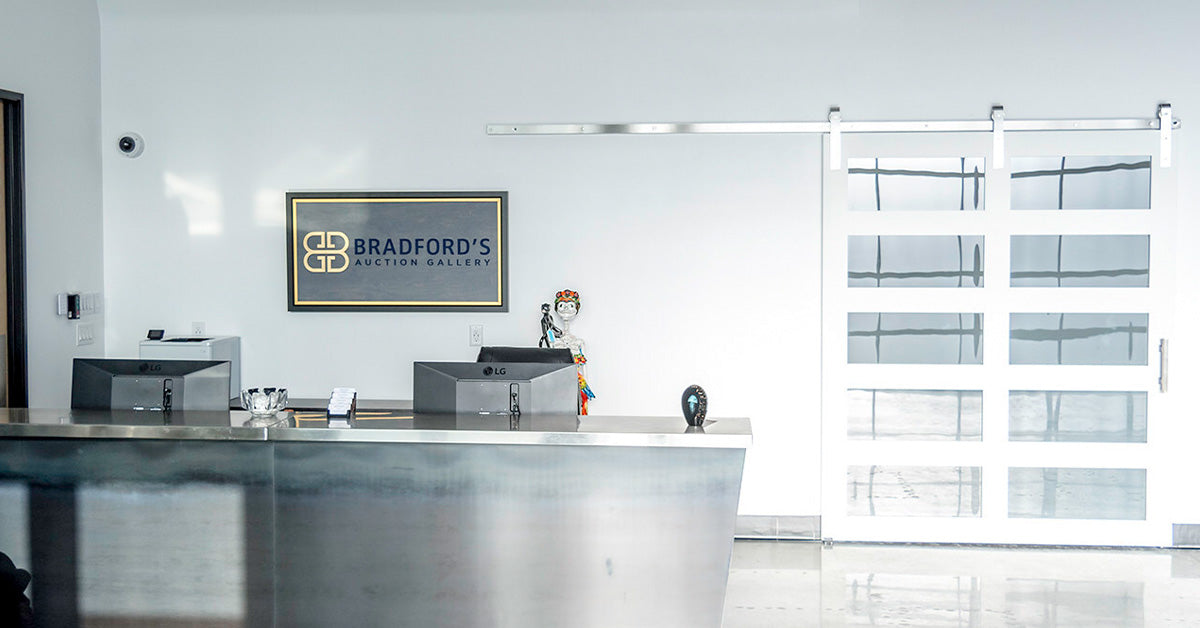Milan Fashion Week is much more than just a showcase of beautiful clothing—it's a global phenomenon that shapes the very heart of the fashion industry. Whether you’re a fashion enthusiast, an aspiring designer, or simply curious about the world’s most prestigious style events, understanding the essence of Milan Fashion Week will give you an insider’s view of fashion’s most glamorous stage.
The Origins of Milan Fashion Week
The story of Milan Fashion Week begins in the early 1950s, when Italy emerged as a creative powerhouse in the global fashion scene. Milan, a city already renowned for its design and innovation, quickly became the epicenter of Italian fashion. The first official Milan Fashion Week was organized in 1958 by the Camera Nazionale della Moda Italiana (the National Chamber for Italian Fashion), a body dedicated to promoting and coordinating Italian fashion both at home and abroad.
Since then, Milan Fashion Week has evolved into a biannual event, held every February/March (for Fall/Winter collections) and September/October (for Spring/Summer collections). Today, it stands proudly alongside the other "Big Four" fashion capitals: New York, London, and Paris.
Why is Milan Fashion Week Important?
Milan Fashion Week holds a unique position in the fashion calendar. It’s not just a series of runway shows—it’s a platform that launches international trends, spotlights emerging designers, and celebrates the artistry of established fashion houses. Here are some reasons why it’s so influential:
- Home to Legendary Designers: Milan is the birthplace of iconic brands like Versace, Prada, Giorgio Armani, Dolce & Gabbana, and Fendi.
- Trendsetting Collections: The collections unveiled in Milan often set the tone for the entire season, influencing both high fashion and the mainstream market.
- Global Media Coverage: Every season, Milan Fashion Week attracts thousands of journalists, photographers, influencers, and industry insiders from around the world.
- Economic Impact: The event generates significant revenue for the city, boosting tourism, retail, and the creative industries.
How Does Milan Fashion Week Work?
Milan Fashion Week is meticulously organized, following a packed schedule that spans up to a week. Here’s how it unfolds:
- Runway Shows: The main event, where designers present their latest collections in dramatic and often theatrical settings.
- Presentations: More intimate showcases that allow guests to view the clothes up close, sometimes with models standing still or interacting with the audience.
- Showrooms and Exhibitions: Spaces where buyers and press can see collections in detail, place orders, and meet with designers.
- Exclusive Parties and Networking Events: These gatherings bring together the fashion elite, celebrities, and creative talents from around the world.
The Camera Nazionale della Moda Italiana oversees the official calendar, ensuring a seamless flow between shows and providing accreditation to guests, media, and participants.
Who Attends Milan Fashion Week?
Attendance at Milan Fashion Week is by invitation only, making it one of the most coveted events in the industry. The guest list typically includes:
- Fashion Editors and Journalists: From Vogue, Harper’s Bazaar, and other leading publications.
- Buyers: Representatives from luxury department stores and boutiques worldwide.
- Influencers and Celebrities: A-listers who bring added glamour and media attention.
- Designers and Creative Directors: Both established names and rising stars.
- Stylists, Photographers, and Models: The creative talent that brings each collection to life.
While some shows are streamed online, the in-person experience remains unparalleled, from the front-row buzz to the backstage hustle.
The Signature Style of Milan Fashion Week
Each fashion capital has its own unique flavor, and Milan is synonymous with luxury, craftsmanship, and innovation. Italian designers are celebrated for their attention to detail, opulent fabrics, and bold, sensual aesthetics. Some defining characteristics of Milan Fashion Week include:
- Opulence and Glamour: Expect dramatic silhouettes, rich textures, and statement accessories.
- Heritage Meets Modernity: Many brands fuse traditional Italian tailoring with cutting-edge design.
- Artistic Vision: Runway shows are often conceptual, pushing the boundaries of fashion as an art form.
- Wearability: While avant-garde looks are present, Milan often features clothing that translates beautifully from runway to real life.
Impact on the Fashion Industry and Beyond
The influence of Milan Fashion Week extends far beyond the catwalk. Here’s how the event shapes fashion and culture:
- Defining Global Trends: The collections and looks debuted in Milan are quickly adopted by celebrities, retailers, and the wider fashion market.
- Supporting Emerging Designers: Programs like the “Next Generation” initiative spotlight new talent, ensuring the future of Italian fashion.
- Driving Industry Innovation: Milan Fashion Week often leads the way in sustainability, technology, and diversity initiatives.
- Cultural Influence: The event celebrates Italian art, music, and lifestyle, reinforcing Milan’s status as a cultural capital.
Moreover, Milan Fashion Week has embraced the digital age, with live-streamed shows and interactive events that make the spectacle accessible to fashion lovers worldwide.
How to Experience Milan Fashion Week
For most people, attending the shows requires an exclusive invitation. However, there are ways to immerse yourself in the excitement of Milan Fashion Week:
- Livestreams and Digital Content: Many brands broadcast their shows online, allowing global audiences to view the latest collections in real-time.
- Social Media: Follow official hashtags and accounts for behind-the-scenes glimpses and street style inspiration.
- City Events: During Fashion Week, Milan comes alive with public exhibitions, pop-ups, and fashion-themed experiences open to all.
Whether you’re watching from afar or lucky enough to be in Milan, the energy of Fashion Week is truly infectious.
The Future of Milan Fashion Week
As the fashion industry continues to evolve, Milan Fashion Week remains at the forefront of change. Recent years have seen a greater focus on sustainability, inclusivity, and innovation—values that are shaping the next generation of designers and consumers. The event’s ability to adapt and inspire ensures that it will continue to be a beacon of creativity and style for decades to come.
FAQs about Milan Fashion Week
-
1. When is Milan Fashion Week held?
Milan Fashion Week takes place twice a year: in February/March for Fall/Winter collections and in September/October for Spring/Summer collections.
-
2. Who organizes Milan Fashion Week?
The event is organized by the Camera Nazionale della Moda Italiana, the governing body for Italian fashion.
-
3. Can the public attend Milan Fashion Week shows?
Most shows are by invitation only, but some brands offer digital access or host public events around the city.
-
4. Which designers are famous for showing at Milan Fashion Week?
Renowned designers and brands include Versace, Prada, Giorgio Armani, Dolce & Gabbana, Fendi, Moschino, and Bottega Veneta.
-
5. How can I watch Milan Fashion Week from home?
You can follow official livestreams on brand websites, social media platforms, and the Camera Nazionale della Moda Italiana’s channels.
Milan Fashion Week is a celebration of creativity, craftsmanship, and culture. Its legacy—and its future—make it a true cornerstone of the fashion world.

